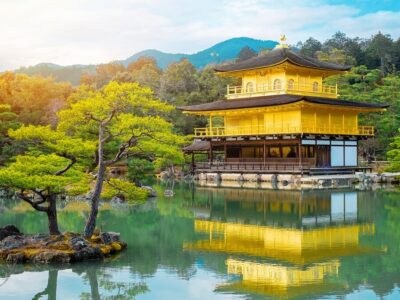
Japan is made up of hundreds of islands that extend for nearly 2,000 miles (3,210 km). How many days should you spend exploring, and where should you focus your time? From an action-packed four days in Japan to a leisurely three-week itinerary, here are some suggestions for making the most of your time in the Land of the Rising Sun._x000D_
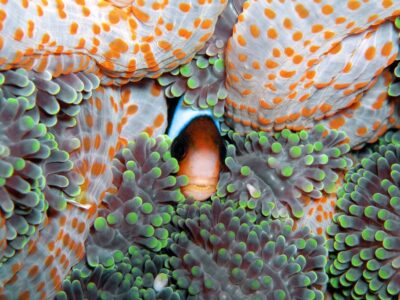
One of Okinawa's most alluring draws lies not on land, but offshore. Colorful sea life and dramatic coral formations make this Japanese archipelago a world-class destination for snorkeling and diving.
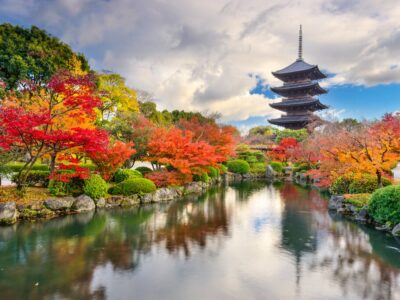
Ten to 12 days is the most popular trip length for Japan travelers interested in visiting both Tokyo and Kyoto, especially when also including Osaka and Hakone. If you're not interested in Osaka and Hakone, six to eight days is enough for your Tokyo and Kyoto trip. With less time, it's still possible to see the highlights in as few as four or five days. For the best itineraries, including Tokyo and Kyoto, keep reading below.
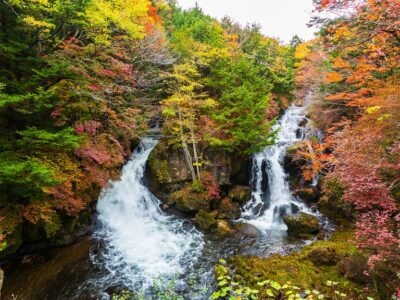
By November, Japan has well and truly entered autumn mode. Towards the end of the month, the leaves on the trees turn red and gold in central and southern parts of the country, and leaf-viewing parties are second only to flower-viewing parties to the Japanese. Temperatures are mild in many places, and rainfall low, so November is a great time to travel to Japan.
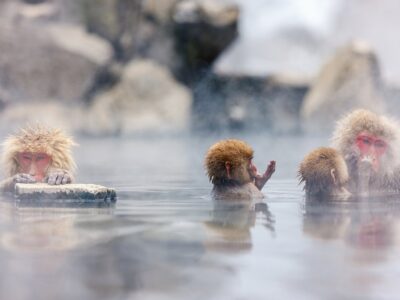
_x000D_
A chain of mountainous islands stretching from the tropics to the Sea of Okhotsk, Japan is home to some of the most beautiful scenery on earth—from active volcanoes and hilly snowscapes to cascading waterfalls and bright pink cherry blossoms. Here are just a few of the natural highlights you can experience on a trip to the country. _x000D_
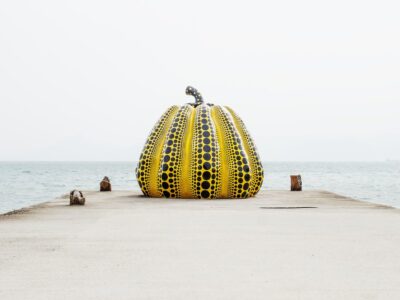
Japan’s museums aren't all serious affairs. Sure, some of them deal with classic museum topics like art and history—but many go for the charming, quirky, or downright bizarre, focusing on collections that are so obscure, you won't find them anywhere else in the world. Visit the seven spots in this list to catch a unique exhibition or to check out the extraordinary architecture,
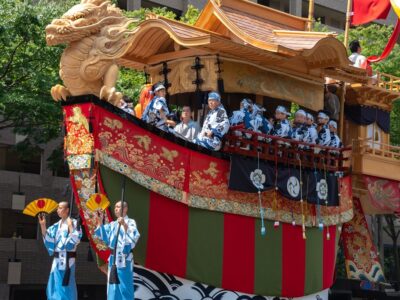
July is mid-summer in Japan, and while temperatures aren't quite so high as in August, they are pretty hot. Add intense humidity to the mix, and conditions can be quite uncomfortable. But, conditions aren't the same across the whole country: Hokkaido is much more temperate, and the beaches of Okinawa are a good retreat at this time of year. If you find yourself in Japan's major cities in July, you can also enjoy many traditional summer festivals. Here's how to have a good time in Japan in July.
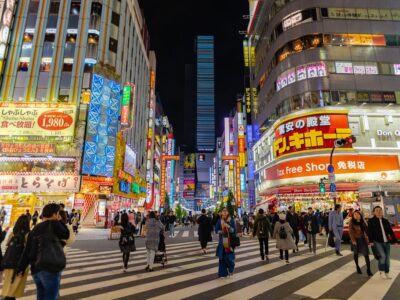
October is, arguably, the best month to travel to Japan (although this will depend on what you want to experience!). Temperatures in most places are still warm, but the intense humidity and increased rainfall of summer has subsided. Autumn leaves begin appearing at higher elevations and more northern latitudes. Here are some important things to know about traveling to Japan in October.
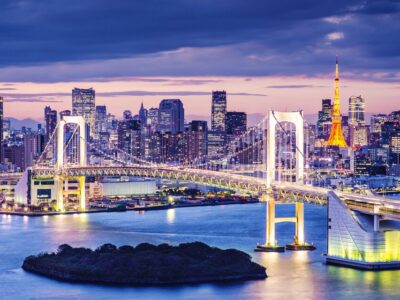
Most people visiting Tokyo spend about 10 to 12 days total in Japan, which usually includes some time in Kyoto, Osaka, and Hakone as well. If you're only headed to Tokyo, you can enjoy a comfortably-paced trip in four to five days. Check out our favorite Tokyo itinerary ideas below.
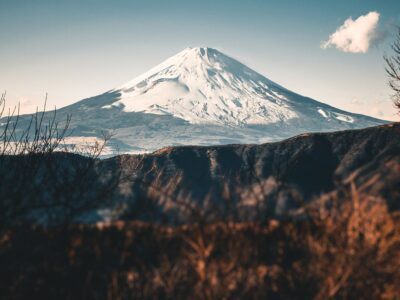
December is the start of winter across Japan, but what that means in reality varies from north to south and east to west. In the northern island of Hokkaido, expect temperatures below freezing and snow. In southern parts of Kyushu, earlier in the month, you may still see autumnal colors. Here are a few important things to know about visiting Japan in December.
